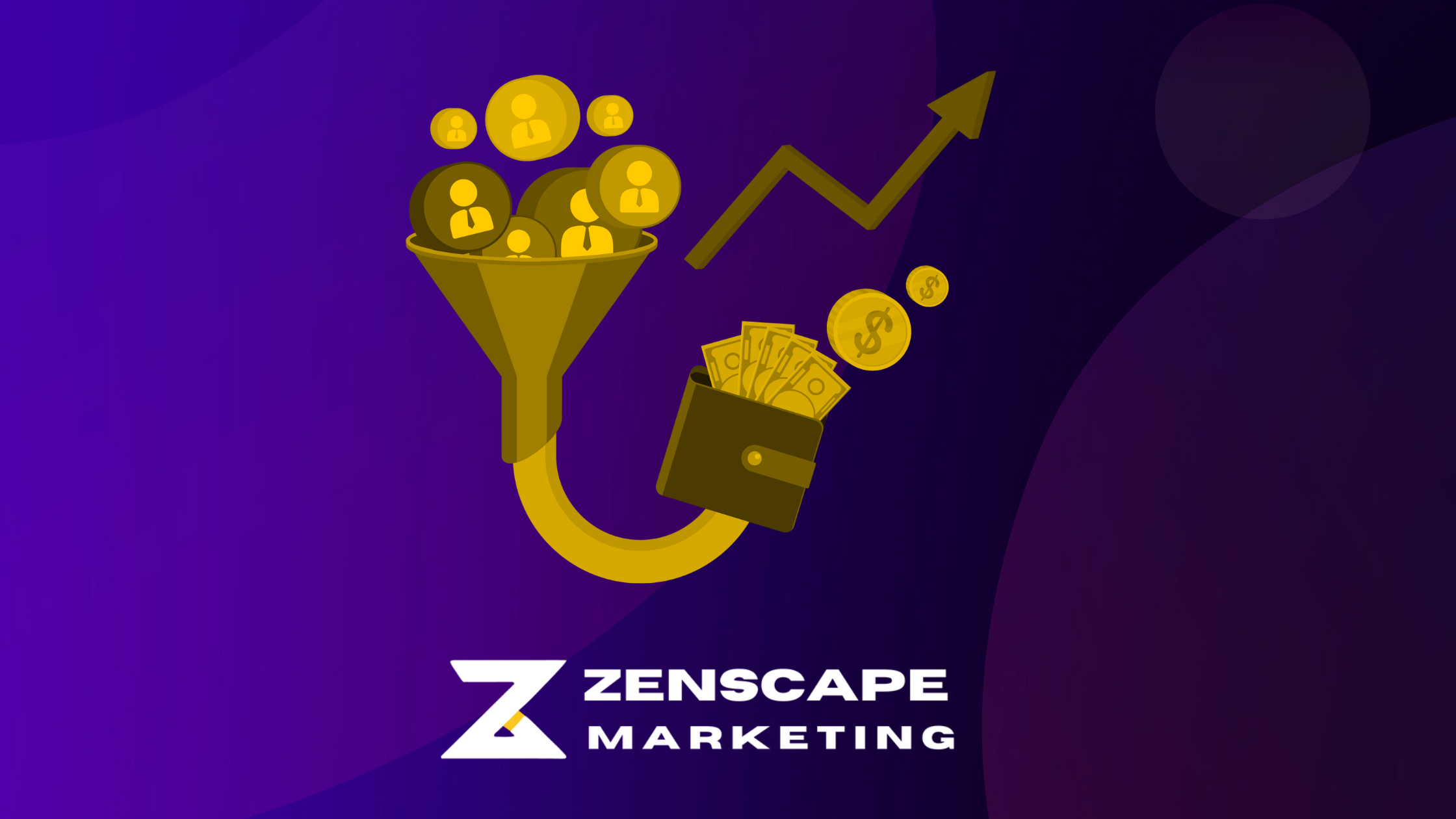In the digital age where every click counts, reducing your bounce rate is crucial for boosting your conversions. Below, we outline effective methods for reducing bounce rate and increasing conversions.
1. Understanding Bounce Rate
Bounce rate refers to the percentage of visitors who leave your site after viewing only one page. A high bounce rate can indicate various issues ranging from irrelevant content to poor user experience. Understanding why users are not engaging with your site is the first step towards improving these metrics.
2. Improve Page Load Time
In today’s fast-paced world, users expect websites to load instantly. If your pages take longer than a few seconds to load, visitors are likely to abandon ship. Here’s how to enhance your page load time:
- Optimize images: Compress images to reduce their load time without sacrificing quality.
- Minimize HTTP requests: Limit the number of elements on your pages.
- Use browser caching: Enable caching so that your pages load faster on subsequent visits.
3. Mobile Optimization
With the increasing use of smartphones for browsing, mobile optimization is essential. A mobile-friendly site ensures that your content is accessible and navigable on all devices:
- Responsive design: Ensure your website layout adapts to different screen sizes.
- Clickable elements: Make sure buttons and links are easily tappable.
- Optimize for speed: Mobile users are even more impatient, so keep load times minimal.
4. Compelling Content
Engaging content is key in keeping users on your site for longer. High-quality, relevant content encourages visitors to dig deeper into your offerings:
- Understand your audience: Tailor your content to meet the needs and preferences of your target audience.
- Fresh content: Regularly update your blog or news section to keep users coming back.
- Engaging formats: Use infographics, videos, and interactive content to keep users engaged.
5. Clear Call-to-Actions (CTAs)
CTAs guide your visitors toward conversion points. Make sure they are clear, compelling, and strategically placed:
- Placement: Position CTAs where they can’t be missed but don’t disrupt the user experience.
- Actionable language: Use verbs that incite immediate reactions, e.g., “Buy Now” or “Sign Up Today.”
- Visibility: Ensure your CTAs stand out with contrasting colors and fonts.
6. Simplify Navigation
Visitors should be able to find what they’re looking for with minimal effort. Simplified navigation improves the overall user experience:
- Clear menu: Keep your menu organized and easy to scan.
- Search functionality: Provide a search bar for users to quickly find specific content.
- Breadcrumbs: Help users understand their location on your site and navigate back to previous pages easily.
7. Leverage Internal Linking
Internal links guide visitors to additional content within your site, encouraging them to explore further:
- Contextual linking: Link to other relevant articles or pages naturally within your content.
- Clear anchor text: Use descriptive text that tells users what they will find when they click.
- Diverse links: Mix up your internal linking strategy by linking to blogs, product pages, and various sections of your site.
8. Regularly Update Content
Outdated content can drive visitors away. Regular updates ensure your information remains relevant and useful:
- Content audit: Periodically review your existing content for accuracy and relevance.
- Update posts: Refresh old blog posts with new information or perspectives.
- Remove obsolete pages: Eliminate pages that no longer serve a purpose or have become outdated.
9. Optimize for Keywords
SEO optimization helps attract the right audience who are genuinely interested in your content:
- Keyword research: Identify and target the keywords your potential customers are searching for.
- Natural incorporation: Integrate keywords naturally within your content for a smooth reading experience.
- Long-tail keywords: Target specific queries to attract highly qualified leads.
10. User-Friendly Design
An aesthetically pleasing and functional design encourages users to stay longer:
- Whitespace: Use whitespace strategically to avoid clutter and highlight important elements.
- Readable fonts: Choose fonts that are easy to read across all devices.
- Consistent branding: Maintain a cohesive visual style throughout your site for a professional look.
11. Use Exit-Intent Popups
Exit-intent popups can capture the attention of visitors who are about to leave your site:
- Offer value: Provide a discount, free ebook, or other incentives to keep users engaged.
- Timing: Ensure your popup appears at the right moment without disrupting the user experience.
- Clear CTAs: Include a compelling call-to-action that encourages users to take a specific step.
12. Track and Analyze Data
Use analytics tools to monitor your bounce rate and make data-driven decisions:
- Identify high-bounce pages: Determine which pages have the highest bounce rates and investigate why.
- User behavior: Analyze user behavior to understand how they interact with your site.
- Continuous improvement: Regularly update your strategies based on your findings to continuously improve user experience.
13. Foster a Community
Engaging with your audience can help build a loyal community that keeps coming back:
- Social media: Use social platforms to interact with your audience and drive traffic to your site.
- User-generated content: Encourage users to share their experiences and stories on your site.
- Respond to comments: Reply to comments and feedback to make users feel valued.
Conclusion
Reducing your bounce rate and boosting conversions is a multi-faceted process that involves optimizing various elements of your website. By focusing on user experience, content quality, and data analysis, you can retain visitors and guide them towards conversion. At Zenscape, we are dedicated to helping you achieve these goals with our comprehensive digital marketing solutions.
Ready to transform your website’s performance? Schedule a free consultation with one of our specialists today!


